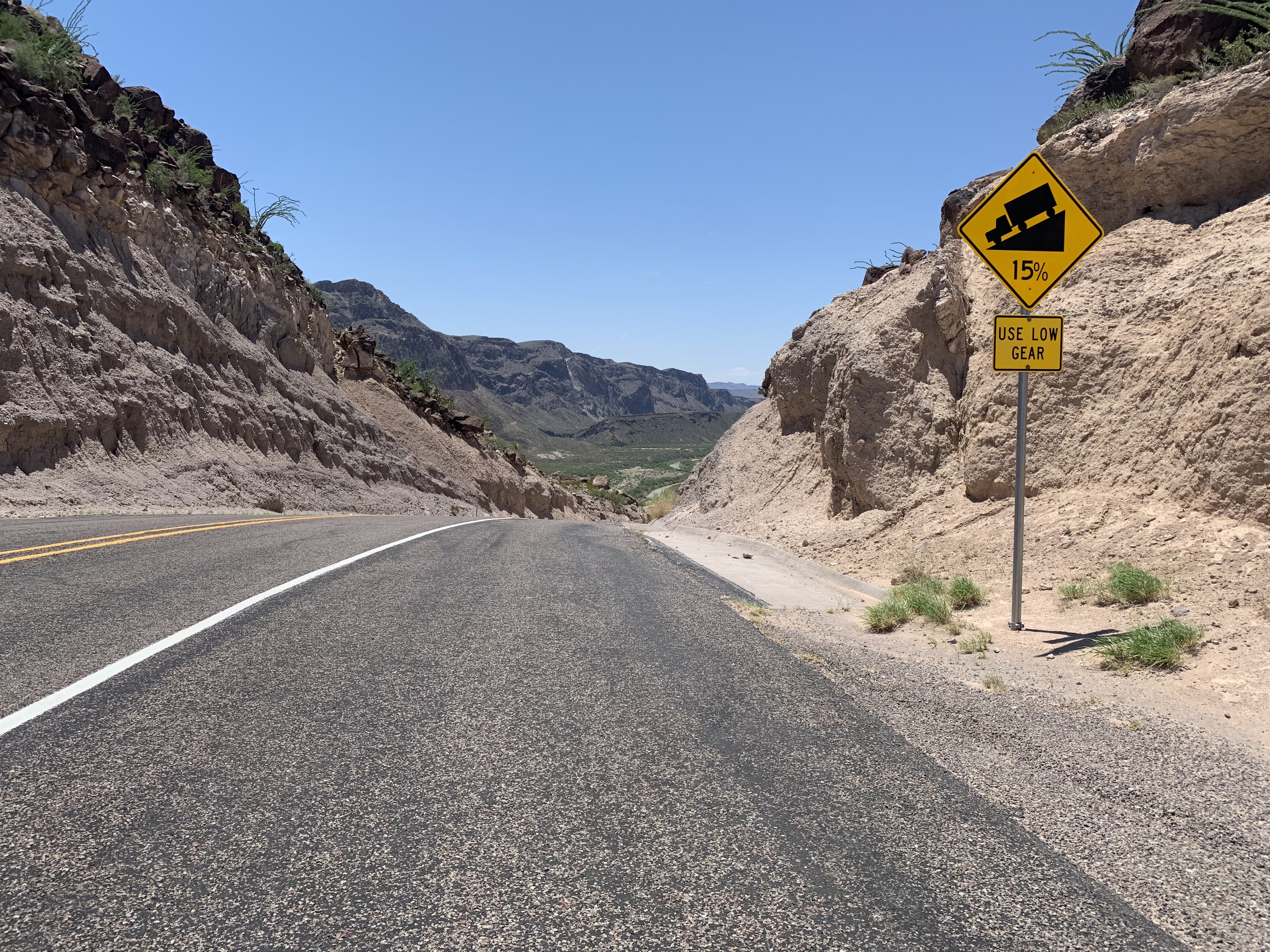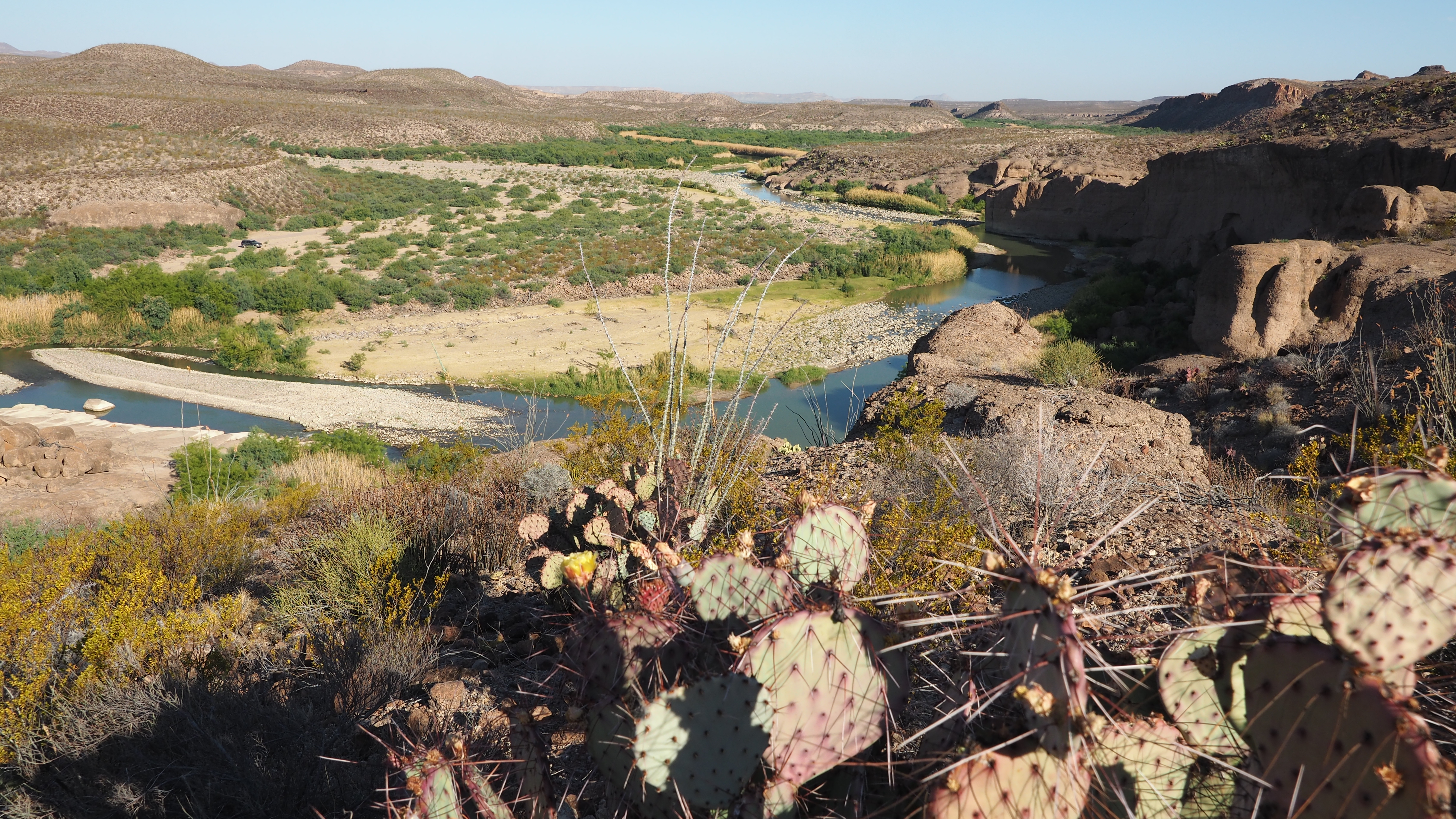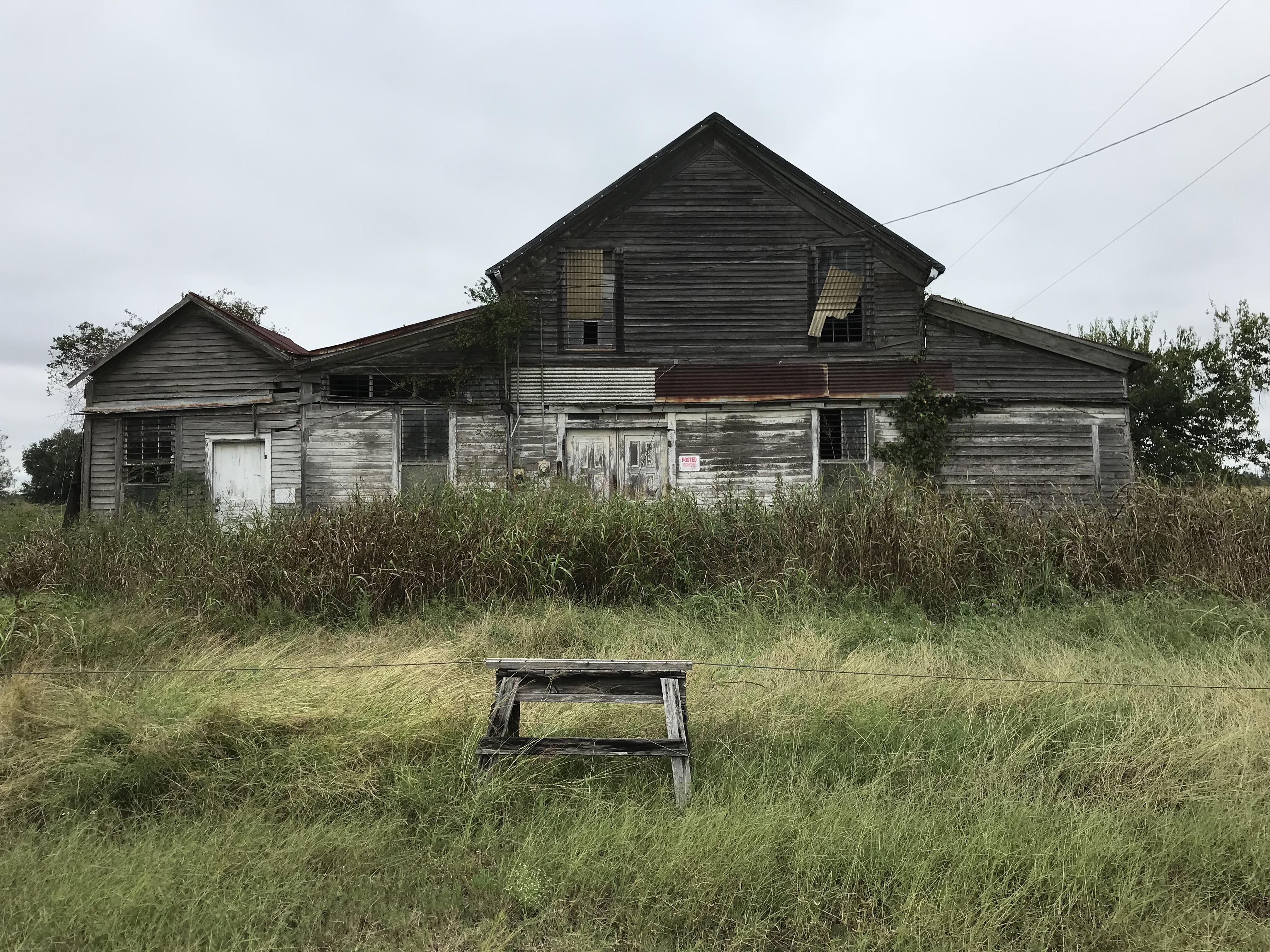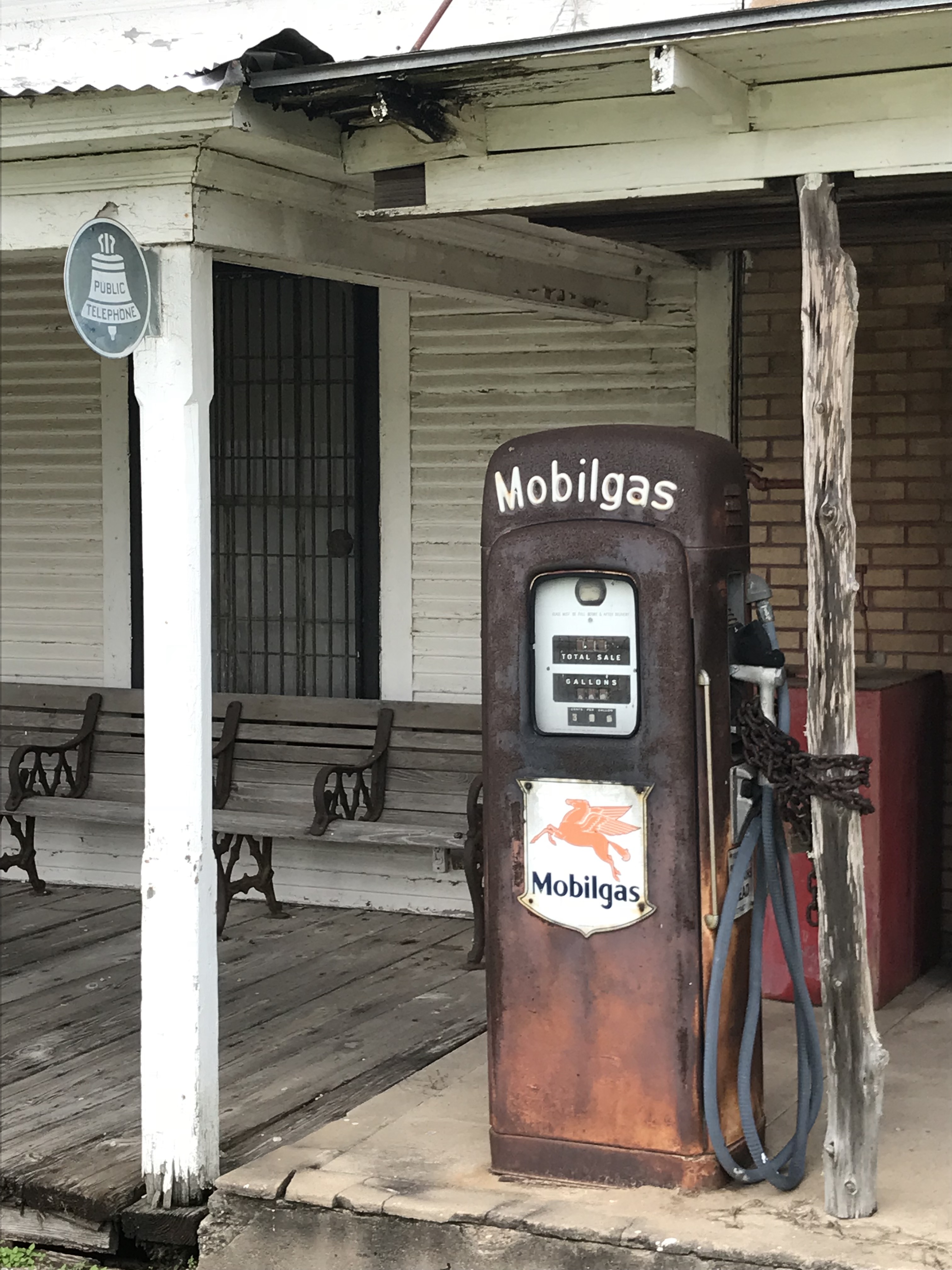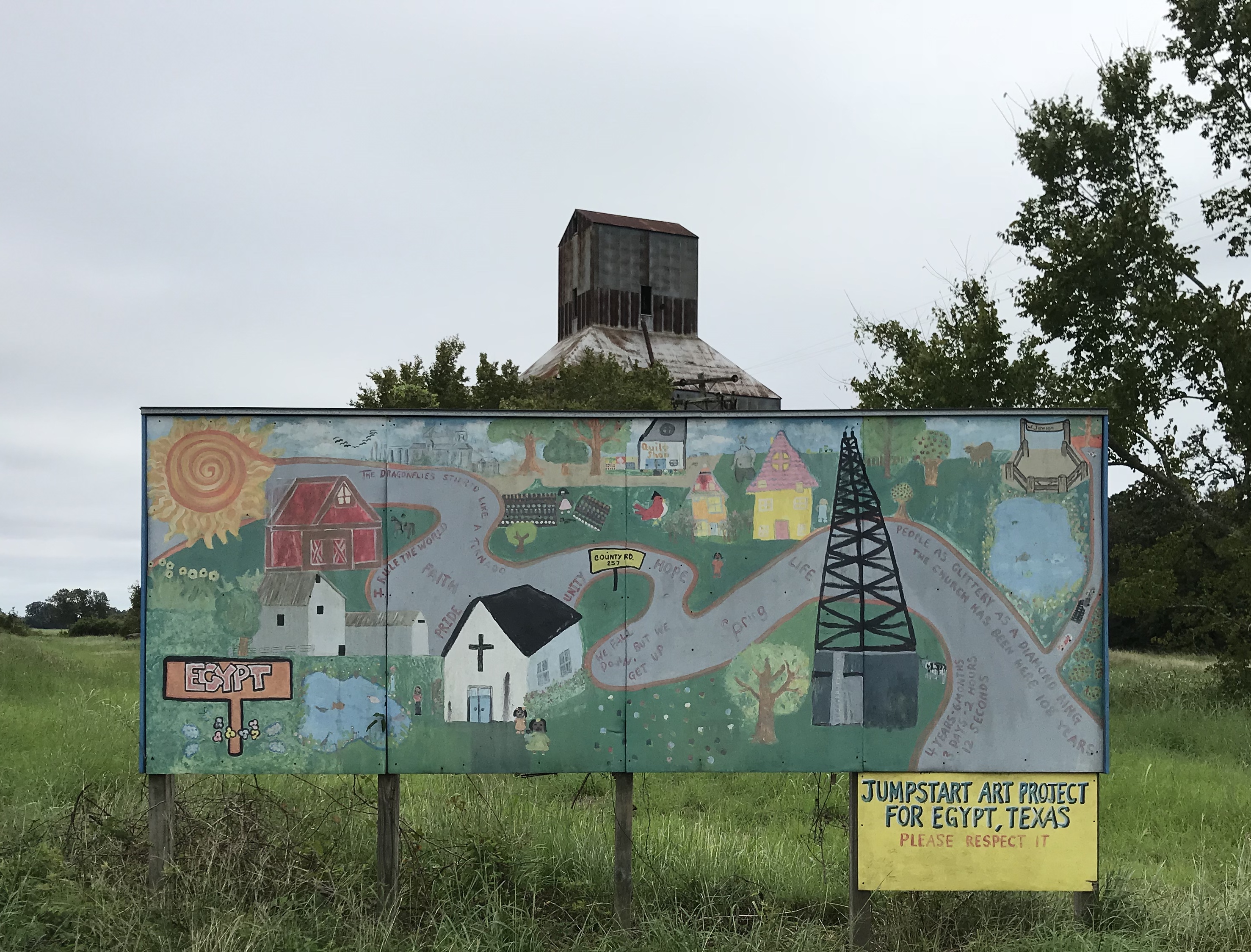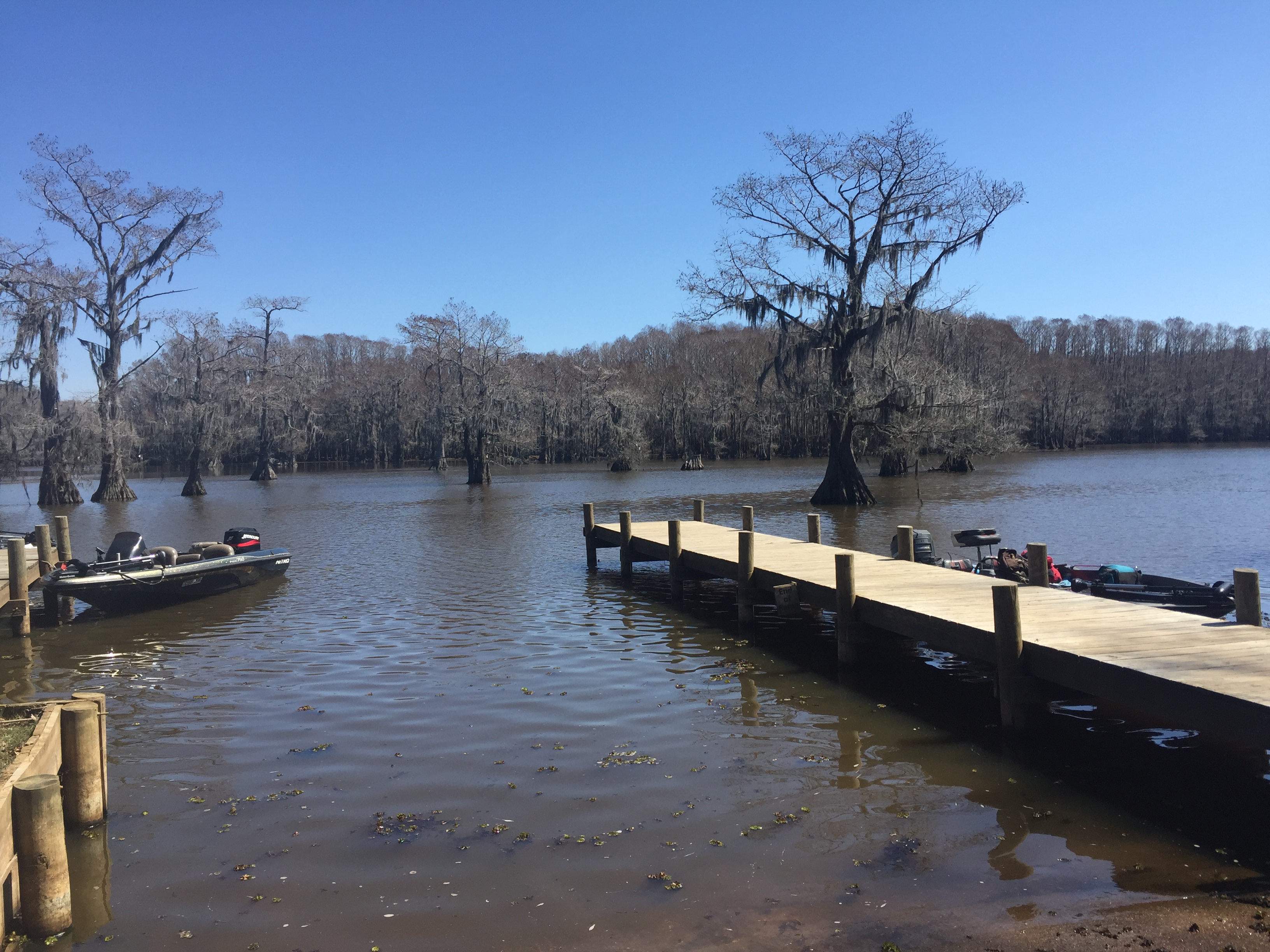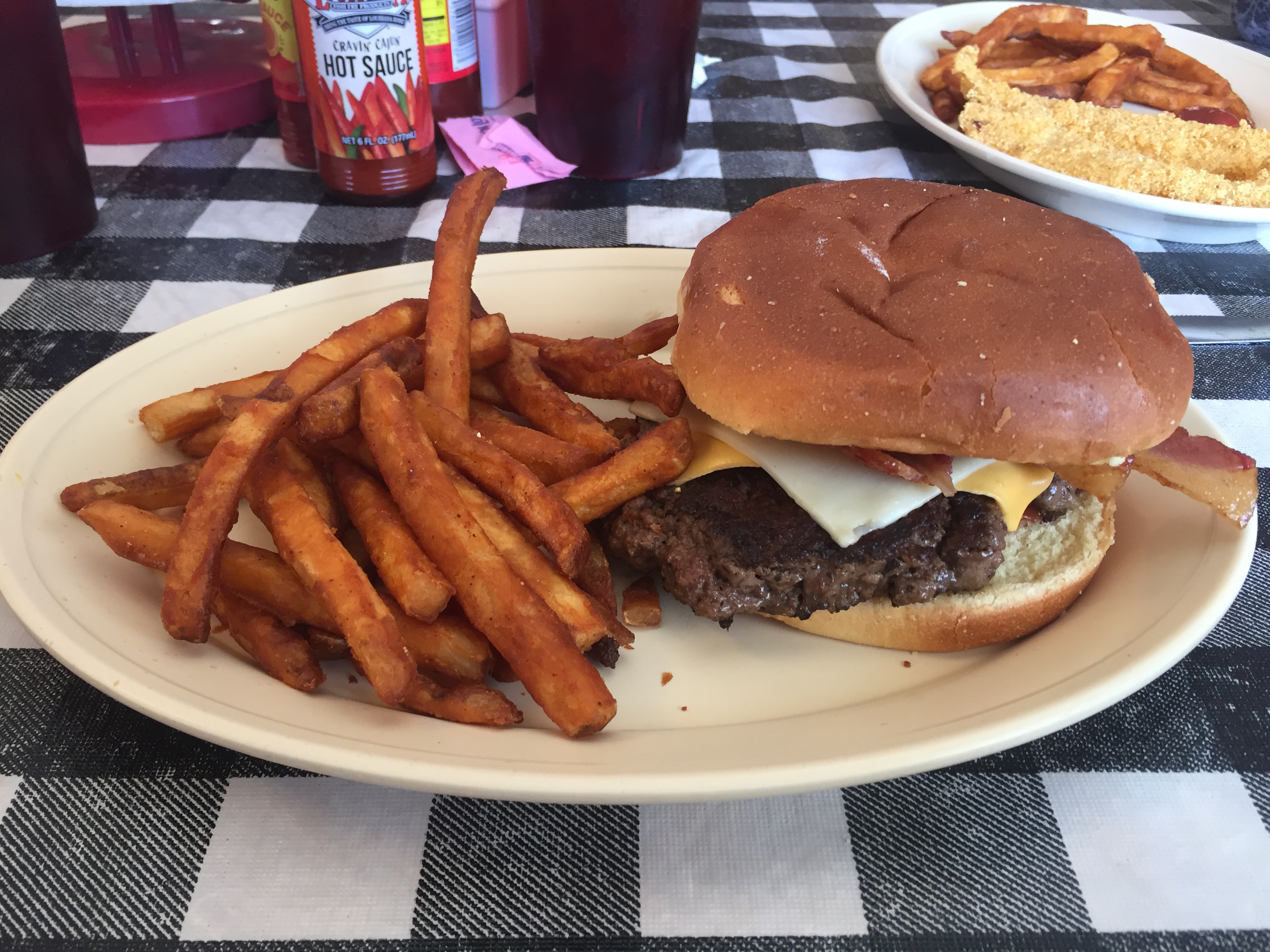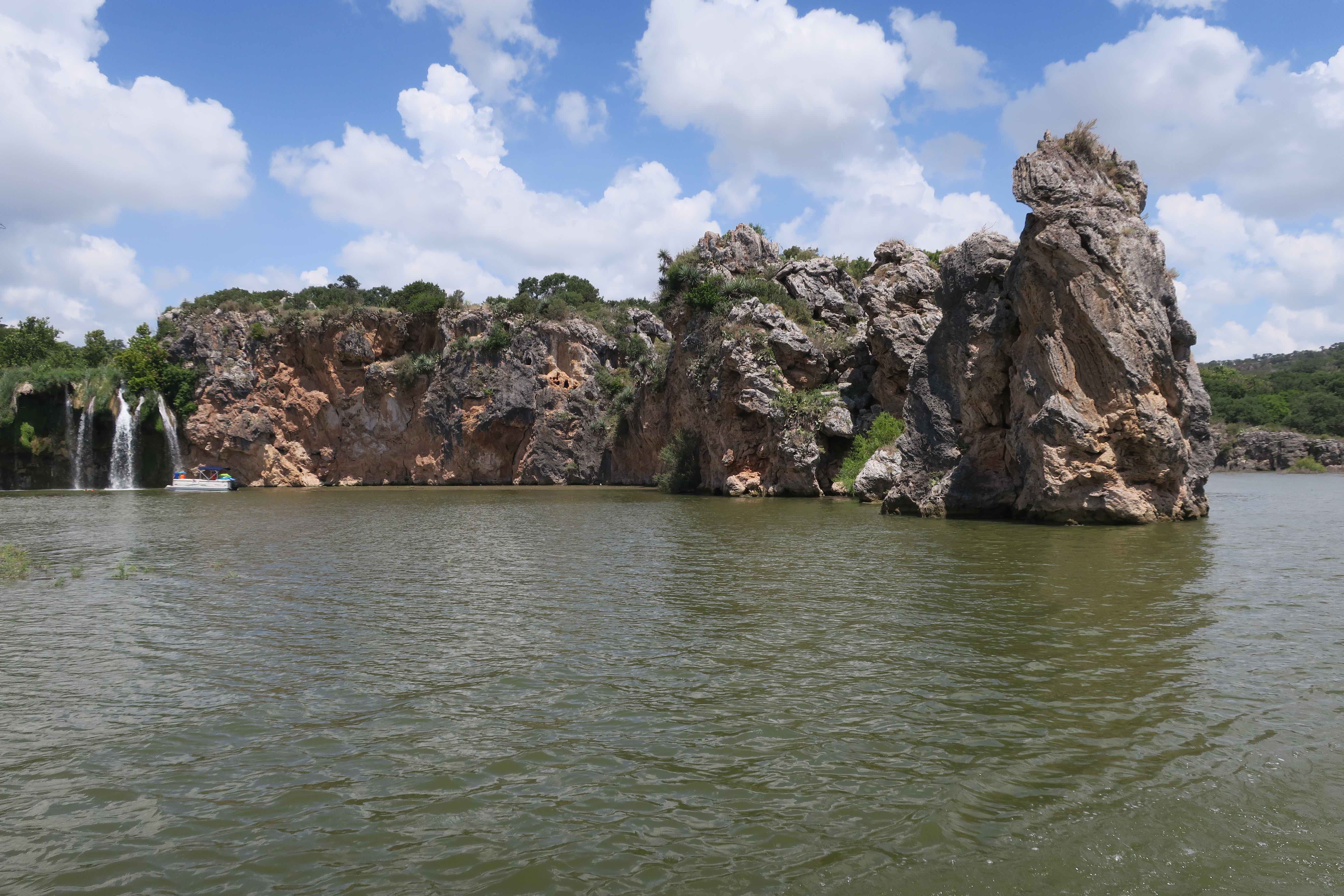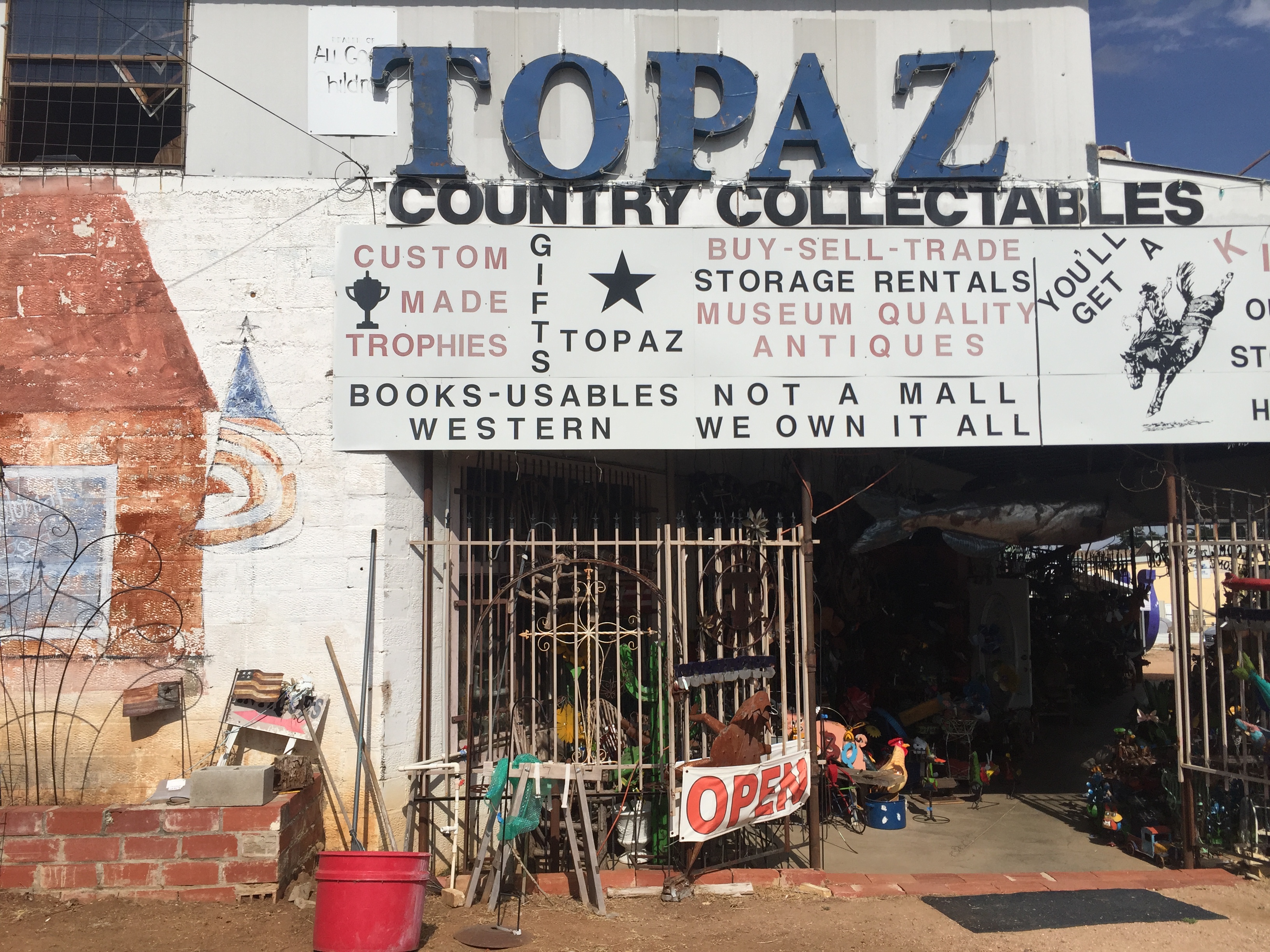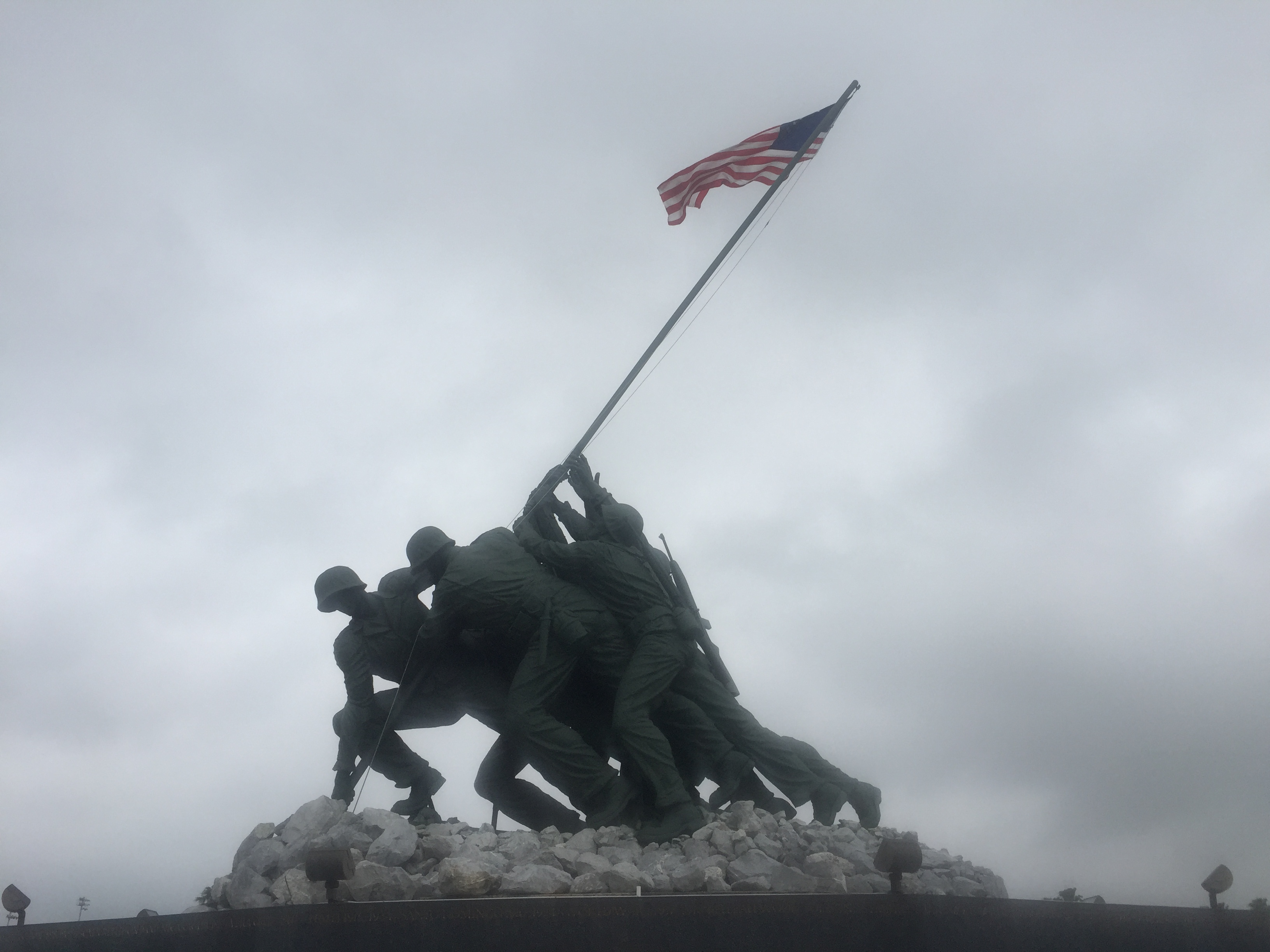Fort Davis, now a National Historic Site, was established in 1854 in the heart of the Davis Mountains. The site is one of the best surviving examples of a frontier military post built to protect mail carriers and travelers along the San Antonio Road.
After the Civil War, several regiments of Buffalo Soldiers were assigned to Fort Davis and served under the command of Second Lieutenant Henry O. Flipper, the first African American graduate of West Point. These soldiers served admirably and played a key role in keeping travelers safe.
The present-day town of Fort Davis surrounds the well preserved ruins of the old fort and is the county seat of Jeff Davis County. Situated on Limpia Creek at the intersection of State Highways 17 and 118, the town boasts beautiful views of the surrounding Davis Mountains.

The main drag is lined with quaint shops and a variety of eateries to satisfy every appetite. Flanked by the historic Hotel Limpia on one end and Stone Village Market on the opposite end, everything in between is stroll worthy. Shop owners are welcoming and super friendly.
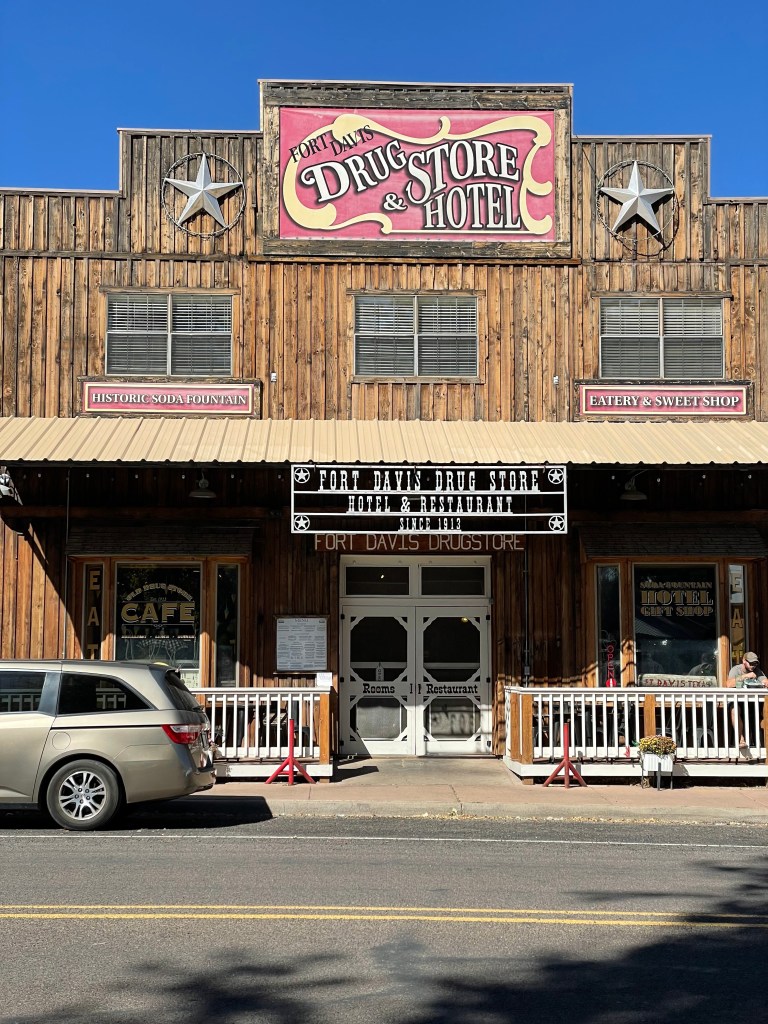

After several days of hiking at Big Bend National Park and Davis Mountains State Park, my friend Doyle and I headed to the historic Fort Davis Drug Store for lunch. This cool restaurant features delicious made-from-scratch meals — including amazing desserts and a vintage 1950’s style ice cream soda fountain.
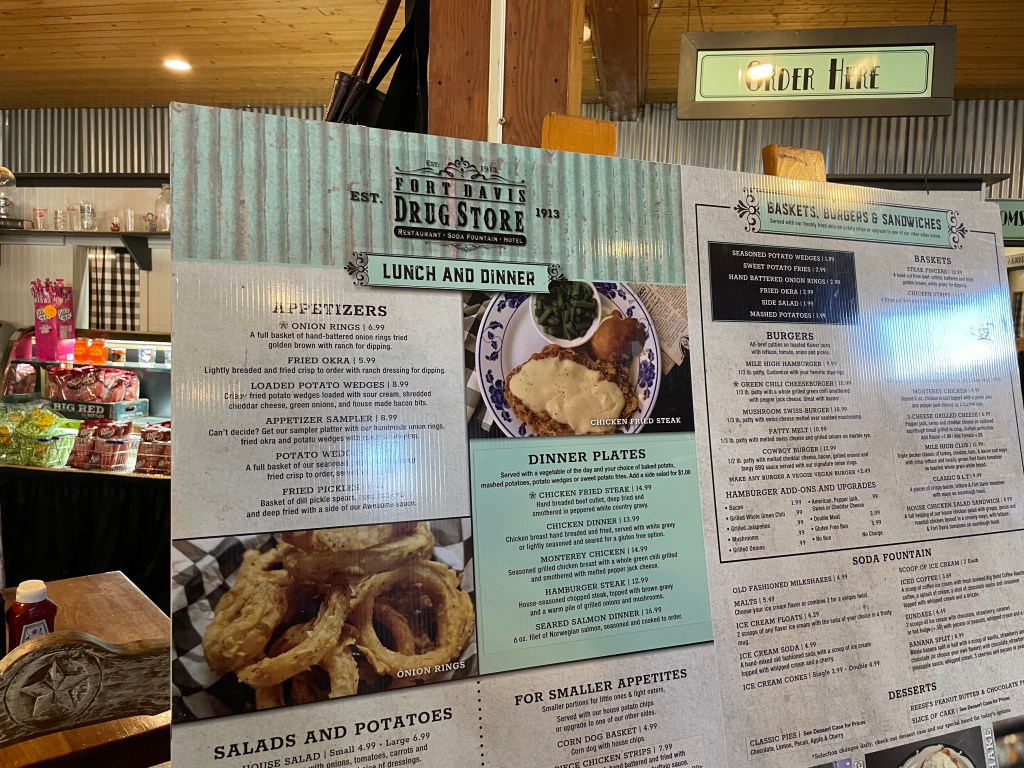

I ordered the Mile High Hamburger and added Pepper Jack cheese, bacon, lettuce, tomato, pickles and a side order of homemade onion rings. This burger features a one-third pound all-beef patty and is served on toasted Kaiser buns.

The patty was cooked to perfection, the bacon was more on the crispier side like I prefer, and the buns were slightly toasted and very fresh. From the first to the last bite, this burger was delicious. And the onion rings were the perfect compliment. So glad I ordered this burger. It was more than enough to fill me up and energize me for a final afternoon hike.

Fort Davis is off the beaten interstate path but definitely worth a visit, not just for the food, but for the shops and a look at the historic old fort. I look forward to returning on a future day trip from our place in Big Bend. I hope you will add Fort Davis to your future Texas road trip bucket list. You’ll be glad you did.



